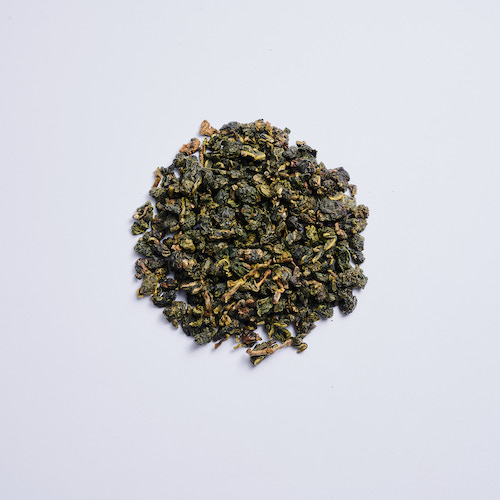Oolong tea is an exciting and versatile tea that falls between green and black teas, both in its flavor and how it’s crafted. Imagine sipping a tea that can be light and floral one moment and rich and toasty the next—that’s the magic of Oolong. With partial oxidation at the heart of its process, oolong tea offers a world of taste that transforms with every sip, taking tea lovers on a delightful journey of flavors.
Originally hailing from the misty mountains of China’s Fujian and Guangdong provinces, as well as Taiwan, oolong tea has been a staple for centuries, treasured for its intricate crafting methods. The leaves are carefully rolled, semi-oxidized, and sometimes roasted. The result? A tea experience that’s both complex and refreshing.
What sets Oolong apart is its ability to surprise your taste buds. Lightly oxidized oolongs burst with floral sweetness, like a garden in spring, while heavily oxidized oolongs offer cozy, roasted notes that warm the soul. Whether you're in the mood for something bright and uplifting or deep and bold, oolong tea has something to offer.
Oolong: A Tea Tree of Infinite Expressions
Oolong tea’s versatility comes from the fact that it is partially oxidized. This oxidation process can range from as little as 10% to as much as 80%, meaning oolong teas can taste fresh like green tea or robust like black tea. The variability in oxidation, coupled with different rolling, roasting, and aging techniques, makes oolong one of the most diverse teas in the world.
Lighter oolongs offer delicate floral aromas, with notes of orchid and lilac, and a hint of creaminess. These teas are often refreshing and sweet, making them ideal for those who enjoy more subtle flavors. On the other hand, heavily oxidized oolongs bring bold, roasted flavors to the table, often accompanied by earthy tones of nuts, caramel, or dark fruit.
Oolong’s distinctiveness also stems from its production regions. Teas grown in China tend to have a mineral-rich, slightly smoky flavor, while those from Taiwan’s high mountain regions offer more floral and buttery notes. This wide range of expressions allows tea enthusiasts to explore oolong from various terroirs, each offering its unique character and depth.
What Is Special About Oolong Tea?
Oolong tea’s magic lies in its balance and versatility. It offers a middle ground that combines the freshness with the robustness. This balance creates a nuanced cup of tea that can be enjoyed for its complexity, whether lightly floral or darkly roasted.
Oolong tea is also known for its multiple infusions. Unlike many other teas that lose flavor after the first steep, oolong tea often reveals new layers of flavor with each brew. The first infusion might carry lighter, floral notes, while the second or third brew often uncovers richer, earthier tones. This evolving taste experience makes drinking oolong a journey in every cup.
Additionally, oolong tea can aid in weight management, thanks to its ability to boost metabolism and enhance fat oxidation. The moderate caffeine content, paired with calming L-theanine, helps provide a smooth energy boost while supporting mental alertness and relaxation.
How Do You Store Oolong Tea?
Proper storage is crucial to preserving the quality and freshness of oolong tea.
Whether light or dark, always keep your oolong away from strong-smelling substances like spices, as tea easily absorbs surrounding odors. With proper storage, oolong tea can retain its rich flavor profile for months, allowing you to enjoy its evolving complexity for a long time.
